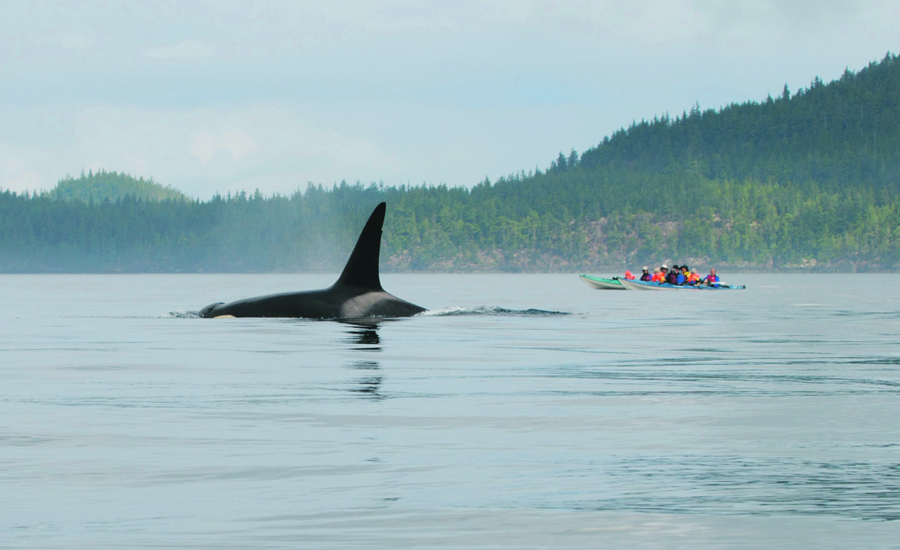Defying economic logic and fuelled by corporate interests and politicians of all stripes, pipeline battles continue to rage across Canada this summer, and it appears they will not be settled anytime soon. There is no sign of Justin Trudeau’s promised tanker ban on BC’s north coast.
In March, an analysis of oil prices from Oil Change International concluded that “access to tideline,” east or west, would not improve the situation for Alberta’s oil producers since neither Europe nor Asia would pay more for the heavy crude: “The tar sands sector has sufficient pipeline capacity to get its existing production to the largest heavy oil markets in the world (the US Gulf Coast and the US Midwest) and obtain the best available global price for its product.”
Enbridge Northern Gateway
Gateway received approval from the National Energy Board (NEB) under the previous Conservative government, but never achieved social consent from First Nations, host communities, or even the BC government. In a landmark victory for those opposed, the Federal Court of Appeal overturned the pipeline’s approval, saying Ottawa had failed in its duty to consult with aboriginal people, and that the government’s consultations were “brief, hurried and inadequate,” and left many relevant subjects off the table. In statements to media after the court ruling, Enbridge said it intends to continue with the project.
Kinder Morgan Trans Mountain
This project would triple the capacity of the existing Trans Mountain pipeline system between Edmonton, Alberta and Burnaby, British Columbia with 987 kilometres of new pipeline. It would also triple the passage of oil tankers from Westridge Marine terminal in Burnaby, through the First and Second Narrows, Vancouver Harbour, English Bay, Georgia Strait, the active channels of the Southern Gulf Islands, Haro Strait and, finally, the Strait of Juan de Fuca. In 2010, there were 71 oil tanker transits along this route – although according to economist Robyn Allan the market was so poor in 2015, that number fell to 30. In May 2016, the NEB approved the expansion, despite almost unanimous opposition from Lower Mainland First Nations and municipalities.
Energy East (Line 9 reversal)
Energy East would carry 1.1 million barrels of heavy oil a day to refineries in eastern Canada and overseas. However, it requires an extension to be built along the St. Lawrence River and across Quebec, which seems politically unlikely. Further, according to Bloomberg citing a report from the Ministry of Finance, the pipeline is no longer considered to convey much price advantage to tar sands oil.
Petronas’ Pacific Northwest
And then there’s the Pacific Northwest LNG Pipeline, brought to BC by the scandal-plagued Malaysian company Petronas and the BC Liber- als. This pipeline, proposed to carry fracked gas from northeast BC to tideline for shipment to Asia, has considerable support from First Nations and others. But opposition to it is still represented by the First Nations at a proposed terminal on Lelu Island in the mouth of the Skeena River and inland at Madi Lii, the traditional territory of the Luutkudziiwus, a 600-member house of the Gitxsan Nation. The Luutkudziiwus elders put it this way, “We are the caretakers of the Territory … We received a full basket and it’s our duty to pass a full basket on.”
***

